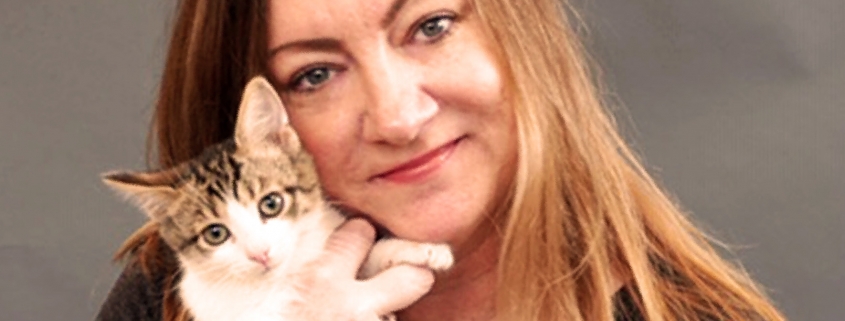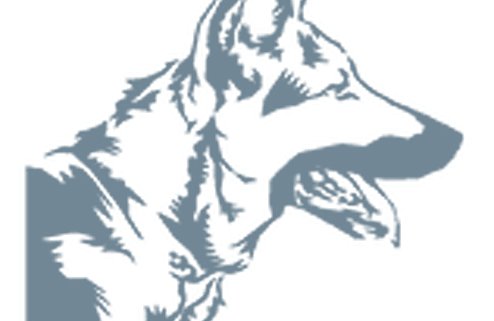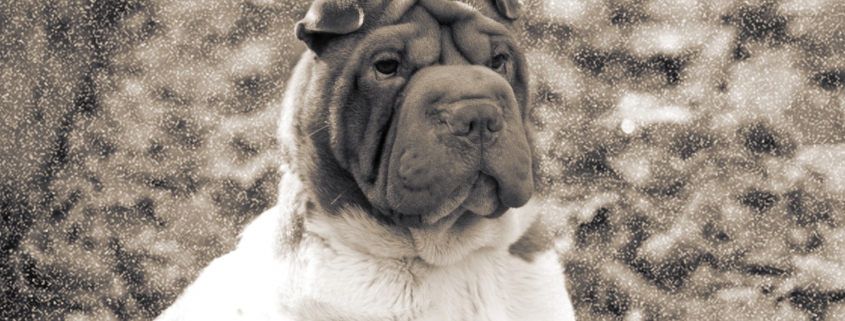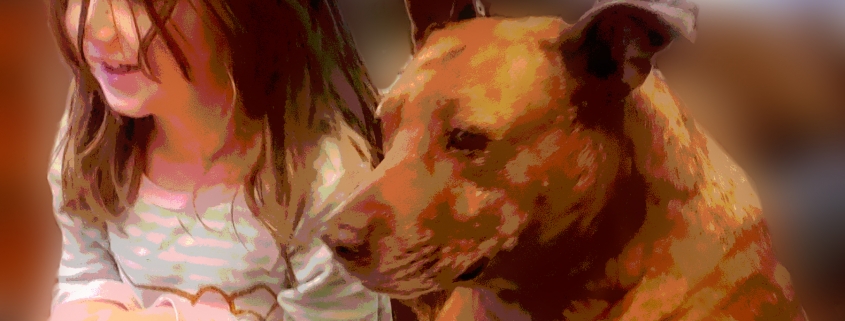BY KAREN SPARAPANI
My job as the Executive Director of Milwaukee Area Domestic Animal Control Commission (MADACC) varies not only daily, but minute to minute. I can be cleaning up after animals, managing staff and animal populations, putting out figurative fires, handling customer service, teaching at the Milwaukee Police Academy, dealing with law enforcement, social service agencies, health departments, and residents with animal-related crisis all over Milwaukee.
There is no such thing as a dull day at MADACC. I feel so fortunate to be able to serve the community in this capacity and honestly still love coming into work every day. I am on call 24-hours a day every day of the year to assist with law enforcement or animal emergencies when MADACC is closed. I am also the appointed Humane Officer for all the municipalities in Milwaukee, except for Greendale. This allows me to consult on animal abuse cases, prosecutions and large animal seizures.
MADACC is the largest government animal control facility in the state, dedicated to the 19 municipalities that are part of Milwaukee County. As a governmental agency, and a public safety organization first and foremost, many people do not understand why we operate the way we do. We are not a traditional humane society with an animal control contract. We do as much as we can for every person and animal that needs us as long as we can remain compliant with state law and local ordinances while ensuring the safety of people and animals in the community.
Every hour at MADACC, we have people who come in needing special assistance. While MADACC cannot do everything for everyone, we will never turn someone away who needs food, or something we can provide easily such as pet supplies or referrals for low-cost assistance. We are not a not-for-profit organization, but we are committed to enabling owners to provide the best care possible for their best friends. That means going above and beyond for many people in lots of ways.
We have personally paid reclaim fees and medical fees at outside vet clinics for those who have no financial resources. Why? Because it meant they could get their animal back or the animal could get care it needed. We had a veteran who lost everything in a house fire and we took up a collection of furniture, clothing and personal items, so when he was released from the VA, he had a fully furnished apartment and everything he needed to start again rather than have to sleep on the floor with nothing. You do not read about this stuff because we are not doing it to get praise or get on the news. We are doing these things because they are the right things to do and nothing more.
Animal control is a relatively simple endeavor on paper. If an animal is off their owner’s property, we take and hold them to keep them safe until an owner can come retrieve them. In practice, it rarely goes that easily. Add onto it the many animals that are seized by law enforcement, animals that are abandoned when people move out of homes or apartments and animals that are abused and neglected beyond all hope. Things can become very hard very quickly on a daily basis.
While I have met very few people happy to come to MADACC and pay to get their animals back, most are happy that they were safe, not stolen or injured and can come home where they belong. For those animals who are not as fortunate, either no owner comes to get them or they were dropped off by their owner as a stray for lack of shelter or rescue space to surrender them to, we have a very robust adoption program at MADACC now comprising of volunteers. We are always in need of adoption counselors at MADACC. This year we will have adopted out over 3,000 animals. We can continue to increase the number of animals we can adopt out if we have more surgical staff and volunteers to get them ready to meet the public.
(column)

